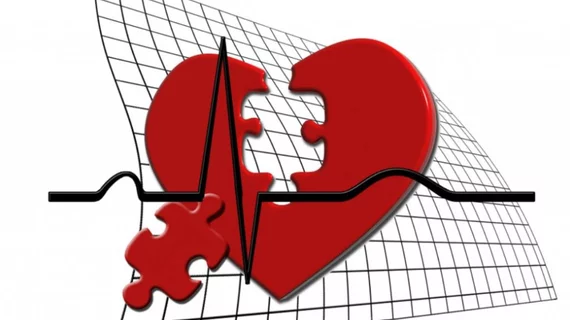Novel X-ray tool offers in-depth look at heart damage caused by severe COVID-19
New three-dimensional imaging has revealed the extent of vascular damage that severe COVID-19 inflicts on heart muscles.
Though the effects of COVID-19 are far-reaching, the respiratory virus has, for the most part, been most detrimental to the lungs. This new research from the University of Göttingen and Hannover Medical School, both in Germany, enables researchers to visualize the heart damage inflicted by COVID-19 and the severity the virus can have on this vital organ.
To achieve this, the researchers at MHH used an extremely bright form of X-ray radiation, known as synchrotron, that they were able to display three dimensionally.
“By extending conventional histopathological examination by a third dimension, the delicate pathological changes of the vascular system of severe COVID-19 progressions can be analyzed, fully quantified and compared to other types of viral myocarditis and controls,” explained lead researchers Professor Tim Salditt from the University of Göttingen and Professor Danny Jonigk from the MHH
Cardiac samples from patients who had succumbed to severe COVID-19 were compared to healthy tissue samples. The samples were then scanned using a special X-ray microscope at the University of Göttingen that was able to visualize the heart muscle at the capillary level.
"To speed up image processing, we automatically broke the tissue architecture down into its local symmetrical features and then compared them," first author Marius Reichardt, with the University of Göttingen, explained.
While the healthy tissue structures remained intact, the COVID-19 samples displayed several morphological changes. The microscope images revealed bundles and branches of vessels that appeared to be splitting and forming tubular structures and cavities, as well as the disordered angiogenesis and splitting of entirely new vessel formations.
The researchers noted that their study was conducted using a small X-ray source in their laboratory and can likely be replicated in other clinics.

